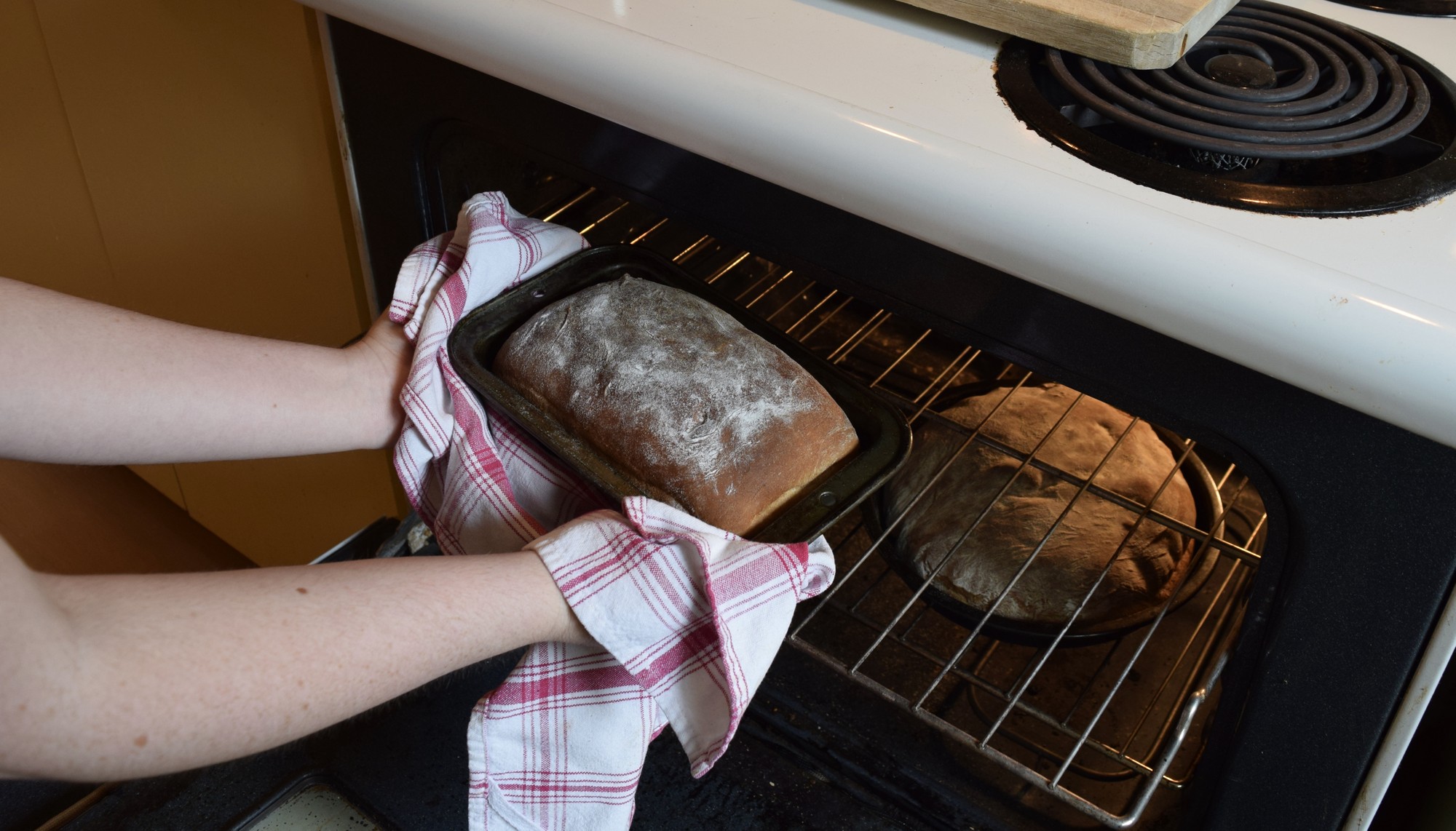In the early weeks of the pandemic when feelings of uncertainty were high, some kitchen staples flew off supermarket shelves faster than many anticipated.
“I couldn’t find any yeast or flour,” said Smridhh Kaul, 27, a second-year baking and pastry arts management student. “I even asked my friends who work at Walmart to save me some, but they couldn’t get it for me.”
It seemed baking was suddenly the hot new trend of spring.
“I can’t think of one friend who didn’t try baking at home,” added Kaul.
Google Trends reported that searches for “baking bread” in particular rose between March 14 and April 11 worldwide, at the same time that baking ingredients sold-out in stores.
So why did baking become such a popular activity to do in quarantine? Chef Harsh Singh, program coordinator for the baking and pastry arts program, says it likely has to do with baking being a “comforting” activity.
“Baking is very therapeutic,” he said. “Working with your hands, kneading dough – it has anti-stress effects on the body.”
Especially during a pandemic, “you want your family to be healthy and to feel safe,” Singh added.
Melanie Berndt, 43, is a graduate of Algonquin’s child and youth care program. Formerly a support counsellor, she changed careers this past July and now works at a bakery in Nelson, B.C. “Baking is a very nurturing act,” she explained. “I’ve always loved baking. I bake a lot with my family.”
Baking however was not only popular with families self-isolating. When lockdown limited social activities, many people looked for new ways to occupy their time.
“The pandemic really pushed people to do new stuff and get creative and baking bread is a perfect example,” said Laurence Falardeau, 19, a first-year student in the pastry arts management program.
Angelica Leclaire, 24, a student in her second year of the program, believes that people enjoyed the challenge of baking bread.
“People like the feeling of making something from scratch.”
It’s an activity that requires lots of time and patience, she noted, but not many ingredients.
“It’s just flour, water, salt, and yeast – it’s very accessible,” said Leclaire.
Bailey Zeman, 27, a second-year student, added that yeast is often not even needed “for flatbreads and sourdough.”
Supermarket shelves may now be fully restocked with yeast and flour, but the bread-baking phenomenon of early spring hasn’t slowed down on campus.
To accommodate new health and safety measures, classes on campus are running “non-stop” most days from 7 a.m. to 10 p.m., according to Singh, with only 12 students per class to allow for physical distancing in lab facilities.
With the colder months of fall and winter approaching, Algonquin’s pastry students suspect the comforts of baking bread at home will become popular once again.
“The pandemic has forced us to go ‘back-to-basics’ in a sense, and baking our own bread is an example of that,” said Kaul. “After all, everybody loves fresh bread.”


